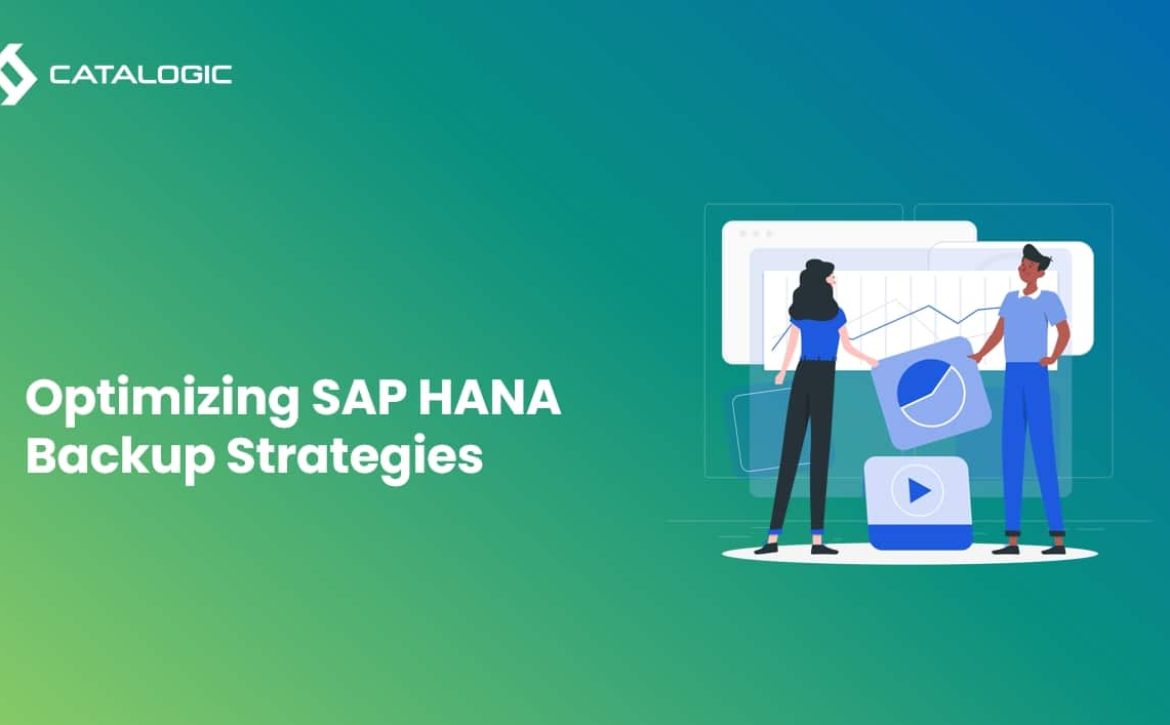SAP HANA is at the core of modern enterprise resource planning. Ensuring its data is securely backed up is paramount for business continuity and resilience. This blog delves into optimizing backup strategies for SAP HANA, highlighting key considerations for administrators and IT professionals.
Challenges in SAP HANA Backup and Optimization
SAP HANA administrators face a multitude of challenges, such as ensuring system reliability, minimizing downtime, and providing timely business intelligence while managing the complexity of diverse systems. A crucial part of addressing these challenges involves optimizing and backing up the SAP HANA environment efficiently. Key to this process is the configuration of the
SAP HANA backint interface, which involves setting parameters within the global.ini database configuration file to facilitate efficient backups to external repositories. This configuration not only simplifies backup procedures but also enhances the system’s ability to recover swiftly from data loss, thereby reducing potential downtime costs, which can be substantial across different industries.
Leveraging Cloud Platforms for SAP HANA Backup
When it comes to backing up and recovering SAP HANA databases on cloud platforms like Azure, there are specific considerations and strategies to ensure data integrity and system availability. Leveraging cloud-specific tools and services for automating backups can significantly streamline the process. However, the implementation of such solutions requires careful planning and understanding of the unique aspects of cloud environments, including storage management and data transfer processes.
SAP HANA Cloud-Specific Backup Features
The SAP HANA Cloud introduces specific backup and restore functionalities tailored to cloud environments. This includes automated backups, where the system intelligently manages the backup process, including the automatic backup of logs and integrity checks during the backup operation. This ensures that only the necessary data is backed up, optimizing storage use and facilitating a more efficient recovery process. The cloud environment also offers the flexibility to include or exclude configuration files from backups, allowing for more tailored recovery options.
Comprehensive SAP HANA Backup Strategies
An essential part of managing SAP HANA involves understanding and implementing a comprehensive backup strategy. This strategy should include regular full data backups, incremental or differential backups, and continuous log backups to ensure data integrity and quick recovery in case of system failures. Implementing a well-thought-out backup cycle, such as a 28-day cycle with daily backups, can significantly mitigate risks associated with data loss and system downtime. Additionally, choosing between complete and incremental backups can affect storage requirements, making it crucial to assess the system’s needs and available resources carefully.
Backup Compatibility and Configuration Management
Finally, the compatibility of SAP HANA backups across different SAP HANA releases is a critical factor in planning and executing a recovery strategy. It is possible to restore backups from earlier versions of SAP HANA to newer versions, but not vice versa. This compatibility ensures that backup and recovery processes are flexible and adaptable to evolving system architectures, such as transitioning from a single-container to a multi-container system. The SAP HANA cockpit provides comprehensive tools for managing backup configurations, including retention policies and backup destinations, which can be tailored to fit the specific needs of each tenant database within the system.
Incorporating Catalogic DPX for Enhanced SAP HANA Backup
Catalogic DPX offers a tailored solution for safeguarding SAP HANA databases through its specialized plugin. To initiate this protective measure, the DPX plugin must be first installed and configured directly on the SAP HANA node. This process begins with the prerequisite installation of the DPX client on the SAP HANA node. The integration highlights the versatility and reliability of Catalogic DPX in enhancing the backup and recovery capabilities of
SAP HANA databases, ensuring critical data is protected and swiftly recoverable in the event of data loss or system failures.

